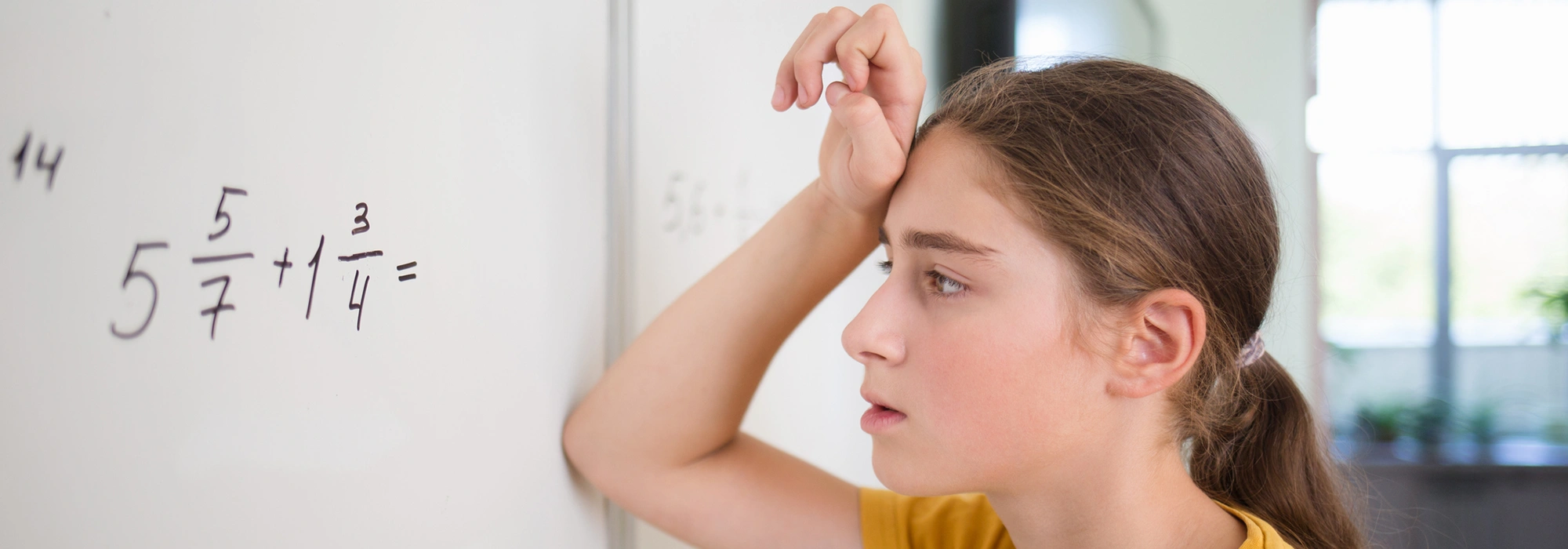Fractions are an essential concept in mathematics, and understanding how to add them is a fundamental skill that will serve you well throughout your academic journey. In this guide, we will walk you through the step-by-step process of adding fractions, providing practical examples and exercises along the way. So let’s get started mastering the art of adding fractions!
Introduction
Fractions play a crucial role in many real-life situations, from dividing a pizza among friends to measuring ingredients in a recipe. Being able to add fractions allows us to combine quantities and find the total value of multiple parts. By mastering this skill, you’ll gain a deeper understanding of numbers and strengthen your mathematical abilities.
Understanding the Basics
Before we dive into adding fractions, let’s review the basics. A fraction consists of two parts: the numerator and the denominator. The numerator represents the number of parts we have, while the denominator represents the total number of equal parts in a whole. It’s essential to grasp the concept of equivalent fractions, where two fractions represent the same value but are written differently.
Step-by-Step Method
Adding fractions involves three simple steps: finding a common denominator, adding the numerators, and simplifying the result. Let’s break down each step:
- Finding a Common Denominator: When adding fractions with different denominators, we need to find a common denominator. This is the smallest multiple that both denominators can evenly divide into.
- Adding the Numerators: Once we have a common denominator, we add the numerators together while keeping the denominator the same. This gives us the sum of the fractions.
- Simplifying the Result: To simplify the result, we check if the numerator and denominator have any common factors. If they do, we divide both by their greatest common factor to obtain the simplest form of the fraction.
Now that we understand the steps, let’s put them into practice!
Practical Examples and Exercises
Exercise 1: Adding Fractions with Like Denominators
Add the following fractions: 2/5 + 1/5
Exercise 2: Adding Fractions with Different Denominators
Add the following fractions: 3/8 + 1/4
Exercise 3: Adding Mixed Numbers
Add the following mixed numbers: 1 1/3 + 2 1/4
Exercise 4: Adding Fractions with Whole Numbers
Add the following fractions with whole numbers: 2/3 + 4
Exercise 5: Word Problems Involving Fraction Addition
Solve the following word problem: Sarah baked 3/4 of a cake and her friend John baked 2/3 of a cake. How much cake did they bake in total?
Answers to Exercises
Here are the solutions to the exercises provided in the guide:
Exercise 1: Adding Fractions with Like Denominators
The answer is 3/5 because when you add the numerators (2 + 1) and keep the denominator (5), you get 3/5.
Exercise 2: Adding Fractions with Different Denominators
To add 3/8 and 1/4, first find the common denominator, which is 8. Convert 1/4 to 2/8. Then add 3/8 + 2/8 = 5/8.
Exercise 3: Adding Mixed Numbers
When adding 1 1/3 + 2 1/4, first convert to improper fractions (4/3 and 9/4). With a common denominator of 12, the fractions become 16/12 and 27/12. Adding these gives 43/12, which simplifies to 3 7/12.
Exercise 4: Adding Fractions with Whole Numbers
Adding 2/3 + 4 is like adding 2/3 + 12/3, which equals 14/3 or 4 2/3.
Exercise 5: Word Problems Involving Fraction Addition
To find out how much cake Sarah and John baked in total, add 3/4 + 2/3. The common denominator is 12, making the fractions 9/12 and 8/12. Adding these together gives 17/12, which simplifies to 1 5/12.
By working through these examples, you can reinforce your understanding of adding fractions and apply these skills in various mathematical contexts.
Conclusion
By following the step-by-step method and practicing with various examples and exercises, you’ve now mastered the art of adding fractions. Remember, practice is key to building confidence and fluency in mathematics. If fractions are still difficult to you after some practice, consider enlisting the help of an online math tutor to help you strengthen your grasp on this topic. So keep exploring new problems, seek assistance when needed, and enjoy the satisfaction of finding the solutions. With your newfound skills, you’re well-equipped to tackle more complex mathematical concepts and excel in your mathematical journey. Happy fraction adding!






